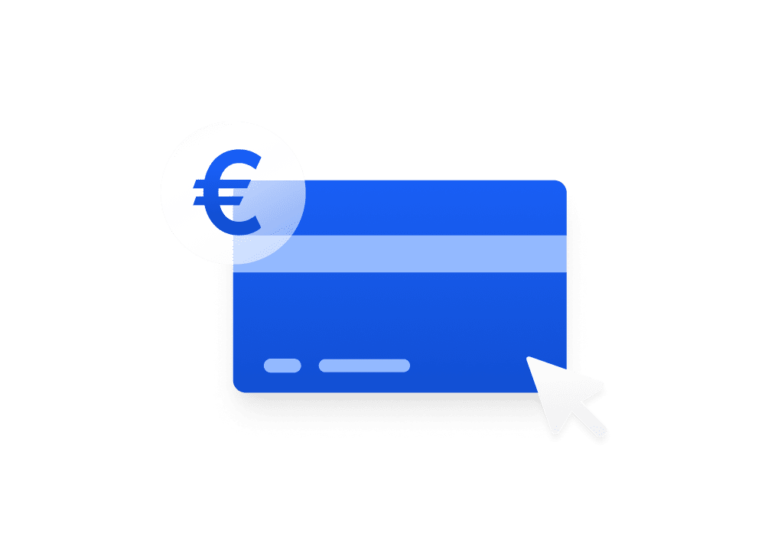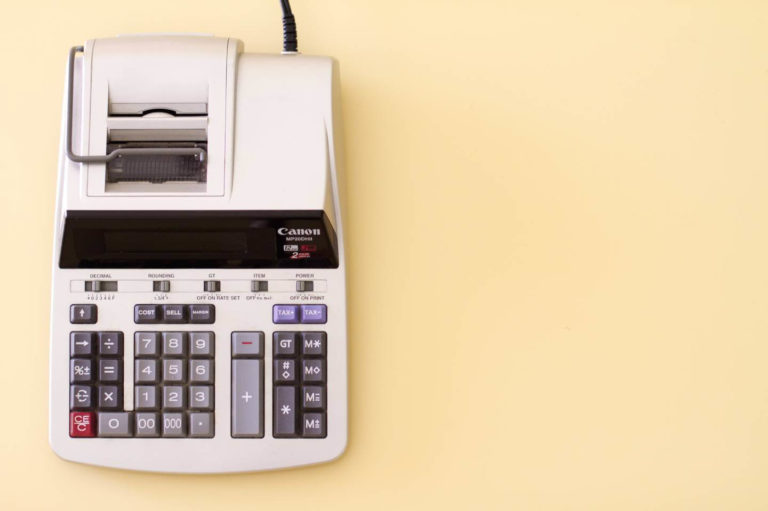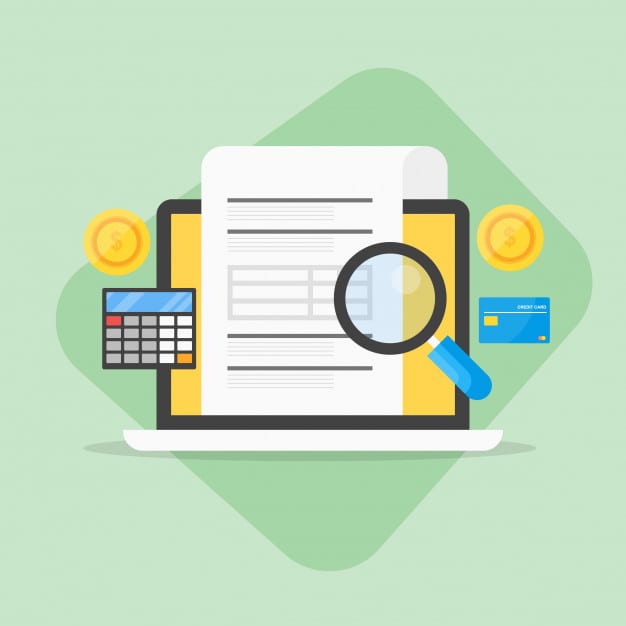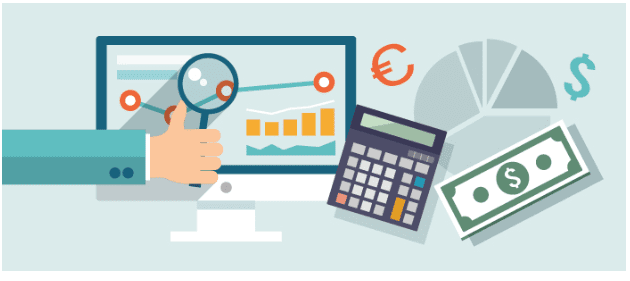When used properly, customer relationship management software (CRM software) can completely turn your business around, promote growth, and turn you into a leader within your industry. Unfortunately, there are many cases where small businesses are using the data that they get from their CRM software in the wrong way, or don’t use CRM software period.
As the importance, need, and overall demand for data grows, the CRM industry and companies who offer CRM software are expected to experience rapid growth. Meanwhile, having a CRM system in place and implementing it well offers a great ROI that is also going to grow.
Dealing with Data: The CRM Software Headache
When dealing with lots of data, many organizations face two problems:
- Drowning in and becoming overwhelmed with reams and reams of data; and
- Making data-driven decisions, partly thanks to CRM, but are not focussing on the most important information or processing CRM data properly.
Whilst the first problem—being overwhelmed with data—can be solved by understanding the role that data now plays in any business and takes measures to increase their data-orientated resources, for example by hiring employees to manage it or optimizing workflows, the second problem can only be solved by understanding how CRM data can be misused.
5 Ways You Might Be Incorrectly Using CRM Data
Here are some things you may be doing with your CRM data, not realizing they are wrong.
1. Using out-of-date information
Customer information and data is always changing, however, the data that you use to reach out to customers and potential leads may not alwaysbe up-to-date. It may be the case that one of your customers has changed their contact information on your system and it has not reflected on the data side of things yet or that a potential lead has gone cold. In either case, your endeavors will not be effective if you are using data that is outdated.
Always make sure that the CRM data you are looking at is as current as possible.
2. Using data with missing information
CRM software can sometimes produce data that has gaps. For example, you cannot just rely on basic data from key demographics or information such as purchase history. Any CRM data you extract needs to be supplemented with information that is more detailed and paints a bigger and more complete picture, such as browsing habits and personal preferences.
Without seeing the full picture, it is hard to effectively engage with customers.
3. Unnecessary fields and information
People say that there is no such thing as too much data. Whilst this is true, it is referring to relevant data. Creating unnecessary fields to collect data that adds no value is a waste of time and just makes your work harder. With CRM software, this is easy to do as you can get carried away with trying to learn more about your customers.
Using CRM software and collecting data is all about striking the right balance and only collecting what is useful. If you start collating every bit of data possible, you are going to end up using it incorrectly and this can impact decision making.
4. Relying on incorrect data
Data that is being acted on needs to be 100 percent correct and accurate. If you begin to act on information that is incorrect or unverified, you can easily begin to make mistakes that would have been avoided with accurate information. For example, running a marketing campaign on the basis of incorrect CRM data could mean that you spend more than you need to or that you target the wrong demographic, ultimately wasting money.
5. Thinking CRM data will help you find new prospects
CRM data is useful, but it is not magic. Whilst it is great for reaching your current customers and finding out more about them, CRM data is less than useless for finding and securing new leads. Many people view CRM data as a magic pill or silver bullet that can be used for anything, however, this is far from being true and you should not rely on it for everything.
It is important to be collecting data from multiple sources and areas, from a single place.











